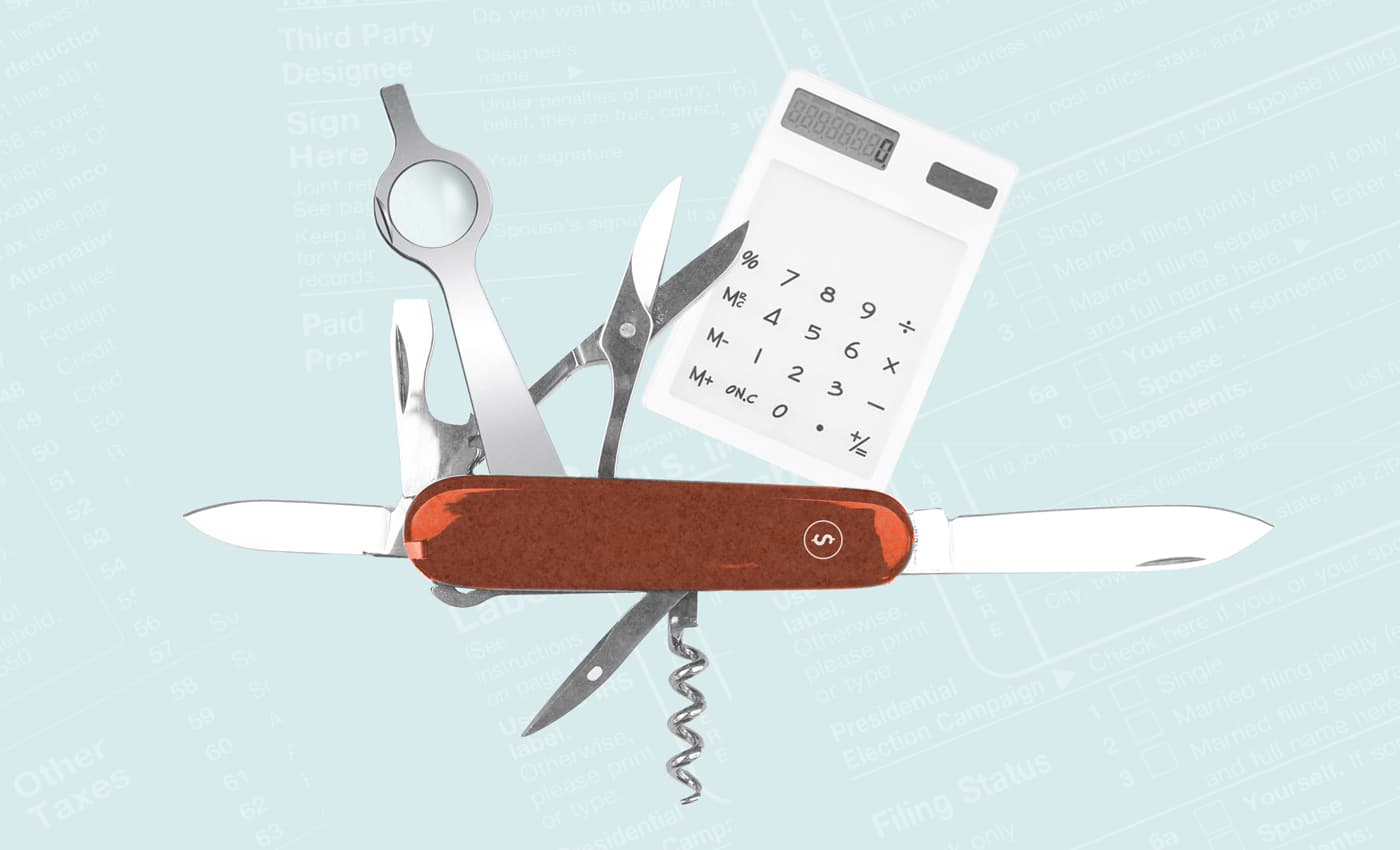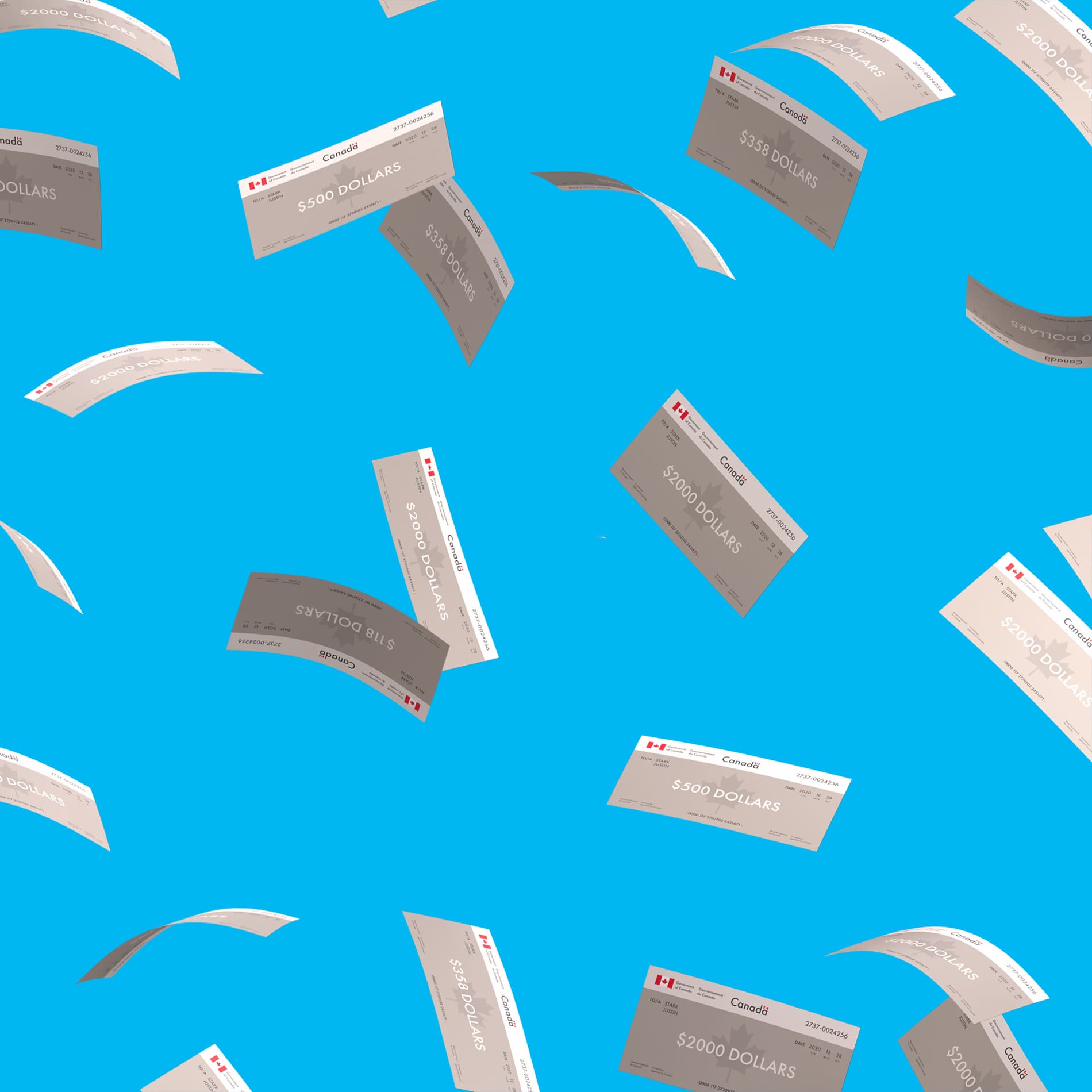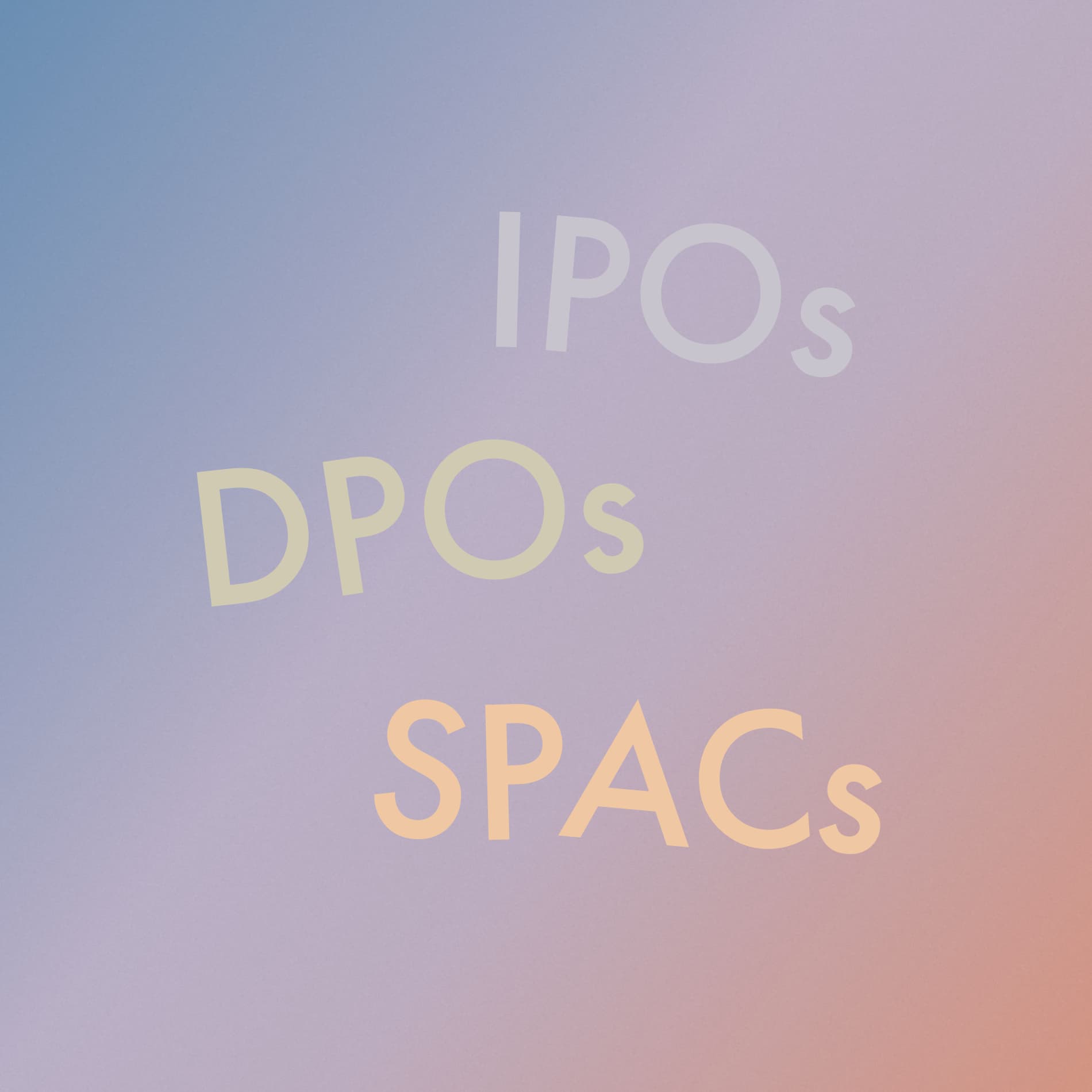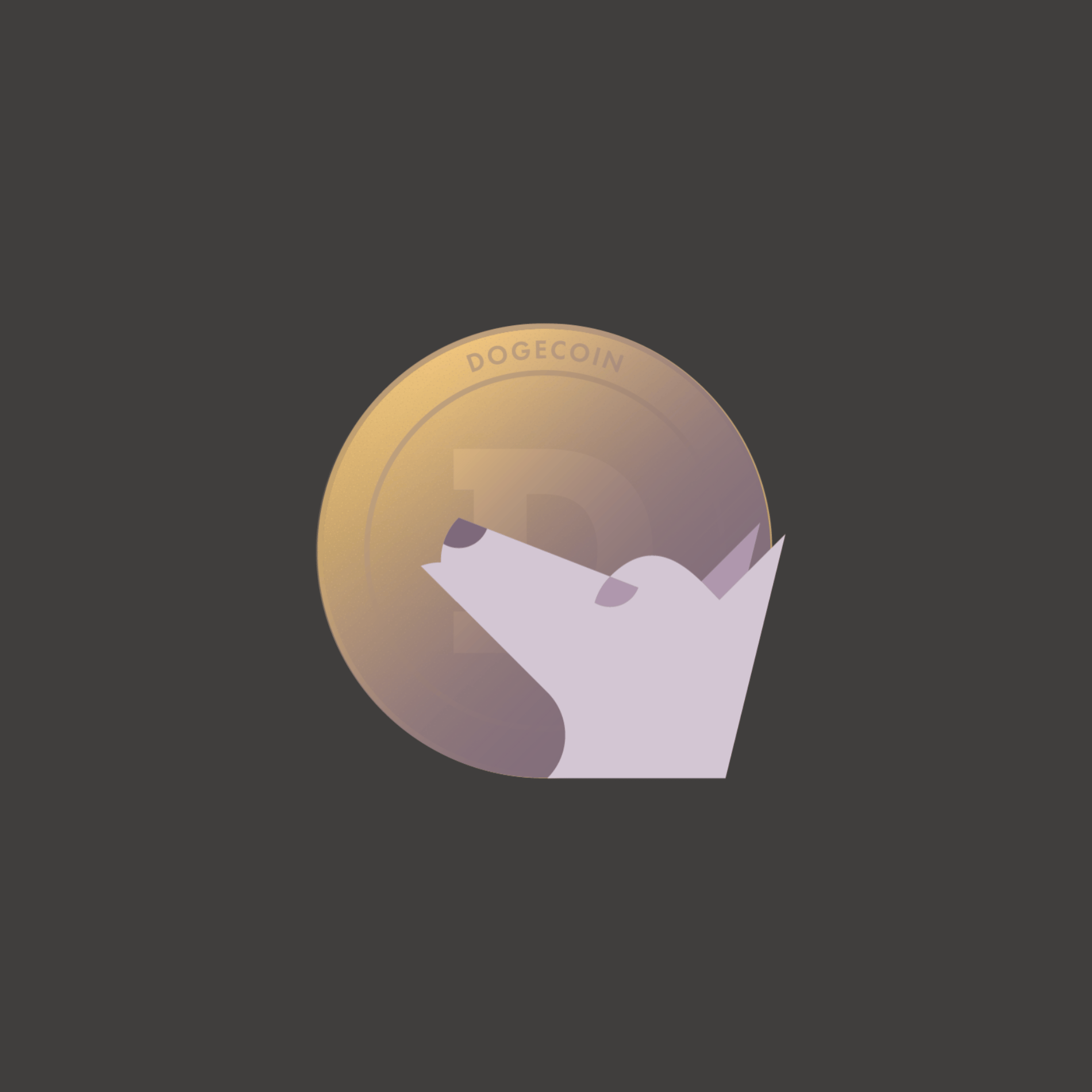
Finance for Humans
How to Work in the Gig Economy and Still Save Like a Corporate Lifer
There are lots of things to recommend the freelance lifestyle. But matching retirement contributions and a regular paycheque aren't among them. Here's how to be the boss of your own money.
Wealthsimple makes powerful financial tools to help you grow and manage your money. Learn more
Wealthsimple is a whole new kind of investing service. This is the latest installment of our “How To” series, where we lay out smart and easy-to-understand advice on navigating the financial world.
So you’re self-employed. Congratulations! Now you can go to the gym at 3:30 p.m. when no one’s there.Braise a pork shoulder on a Tuesday afternoon and actually make it to your kid’s performance of “Third Graders Sing the Lady Gaga Songbook.” (You can also nap. Not that you'd ever do that.) As long as you can fight off the spectre of loneliness by talking to the cat all day, there are many benefits to the gig economy.
Retirement savings isn’t one of them.
I should know. I’ve been freelance for half a decade now and while I certainly don’t miss the soul-crushing fluorescent lighting or the draining commute of my desk job, I sure as hell do miss that company retirement account.
It's hard to be a financially responsible adult without a benefits department.
That's why we're here. To help design a plan a freelancer can actually stick to, we enlisted the help of some experts: Jonathan Medows, founder of CPA for Freelancers; Paul Golden, a financial expert at Smart About Money; and Hersh Shefrin, a behavioural finance guru and professor at Santa Clara University’s Leavey School of Business. Here’s their roadmap (with a little editorializing from yours truly).
First Things First: The Rainy Day Fund
The only good reason to go freelance without enough cash to cover at least three months of living expenses is because by “going freelance” you mean you “got laid off.” Experts recommend six months as the gold standard, but you absolutely need three. Remember: regular paycheques may be a thing of the past. And even if you know you have a payment coming, that doesn’t mean you know exactly when a payment is coming.

Sign up for our weekly non-boring newsletter about money, markets, and more.
By providing your email, you are consenting to receive communications from Wealthsimple Media Inc. Visit our Privacy Policy for more info, or contact us at privacy@wealthsimple.com or 80 Spadina Ave., Toronto, ON.
Keep this reserve relatively liquid — and don’t keep it in even relatively risky investments. A savings account will do the trick.
Remember the 30 Percent Rule
Don’t go all googly-eyed when you see your first freelance cheque. Remember: taxes aren’t taken out. Accountants recommend squirrelling away 30% of each cheque for taxes —which you’ll most likely pay quarterly. Make sure you don’t forget and spend some of it: set up a separate savings account that’s only for taxes. And remember: Don’t touch that money, it’s not yours!
Get obsessive about your spending habits
This is a personal thing for me and I'm serious about it. The gig economy — in which you have multiple irons in multiple fires seven days a week — can get very complicated very quickly. If you don’t physically write down exactly what you’re spending money on you’ll never be able to figure out why you can’t save for retirement. And then you’ll think: I’ll just do it later. And then it’ll be later, and you’ll be screwed.
So get Quicken or Mint or whatever money management software du jour you like — I prefer a good old-fashioned spreadsheet — and comb through bank and credit card statements to get an idea of where your money goes.
“Look, you may think that you don't have money to put towards savings, but if you look closely at where your money is going, chances are you’ll see some opportunity,” Golden, of Smart About Money, says. “Take your time and do it over a couple of months — it's tedious, but our spending habits vary.”
Then set a budget
Everyone’s budget will be different, but there are some guidelines. For instance, if you’re renting, a good rule of thumb is to try keep your rent under 30% of your monthly income. And when you're making that budget? That's when you can build in savings — for retirement and for life. Now, about that...
Now the important part: decide how much you're going to save
If you do nothing else, try to max out contributions to both your TFSA and your RRSP. The limit for your TFSA is $5,500 for 2017; the limit for an RRSP is 18% of your income up to a total contribution of $26,010. It's in your best interest in the longterm not to leave any of that money on the table. Set up an account right now so you have no excuse not to contribute to it. (Wealthsimple, we humbly submit, has the best, simplest TSFAs and RRSPs. Get started here.) Which kind of account should you prioritize? More on this in a moment.
And if you earn enough to have maxed out your retirement accounts and still have more you can save? Time to open a taxed investment account.
Make socking that money away simple and automatic
The best way to do that is to automatically set cash aside from every cheque you get. Medows says 10% is a good place to start — you can ratchet up that percentage as your annual income (hopefully) increases. “Our aspiration is 25%,” he says. “That might not be realistic in the short term, but remember: you need a lot of money for retirement.”
But don’t pick a number that’s totally unattainable. “Don’t bullshit yourself,” Medows says. “That's my first rule. Decide on a percentage that works for your income and living expenses. Then it's a matter of discipline to a certain extent.”
Again, key is to take it out automatically, just like an employer would. If you have a semi-regular gig, and know for certain you’ll make at least a certain amount each month, set up an automatic deduction through a firm like Wealthsimple. Take the decision out of your own hands as much as possible.
Trick yourself, psychologically, into being better at saving
If you think you’re “bad at saving,” join the club! It’s human nature. A nice bottle of rye feels far more thrilling than putting forty-seven dollars into your retirement account. But we’re here to tell you that there are tricks to beat your inner spending demons.
Recommended for you
“At their core, people are vulnerable to self-control issues. The desire for immediate gratification often overwhelms the need to do long term planning,” Hershin, the behavioral psychologist, explains. “The most effective way of dealing with that issue is to use what are called external roles.” External roles are essentially someone or something else that makes you do the thing you want to do (e.g. automatic deduction) – they work because they remove discretion and minimize the need to have to repeatedly face temptation and overcome it. Your employer taking out money for your Group RRSP every month is an example of an effective external role. “In a gig economy it's harder to get external roles,” Shefrin says. When you work for yourself, no one’s making you do what’s good for you, so you have to force yourself.
How do you introduce external roles into your spending habits? Here are two “games” you can play.
Make Yourself Use Cash
This is a way to make spending money more painful. Paying right away, and watching your reserves deplete, isn’t that fun. Hershin also recommends paying for things with the largest bill in your wallet. “That forces you to think, ‘Well, do I really want to break a large bill in order to have a particular expenditure?’ So that's a way of saving: by cutting down your consumption as opposed to purposely taking some of the income off the table.”
Now introduce a little pleasure to the savings part of the equation. “When you pay for stuff in cash,” says Hershin, “and the change is five dollars or less, put that in whatever your version of a piggy bank is and let that accumulate over a month or so. And then go deposit it. That feels pretty good.” This is obviously not going to be enough to set you up in a Tuscan villa for an early retirement, but it does two things: tricks you into spending less on impulse purchases and forces you to put all that $5-and-under change—which will add up quicker than you think—right into savings. Which will make you want to save more.
Turn Savings Into A Game
This might sound goofy, but stick with us. Shefrin is one of the world’s leading behavioural economic experts, after all.
“Gaming is really the key, because it gets your brain to turn on the reward centres,” Shefrin says. “If the reward centres are driving your behaviour rather than fear, then it's likely that you will act.”
One easy (and, fine, kind of elementary!) way to do this would be to pick an attainable number for your retirement savings and then reward yourself quarterly with a nice night out or an obscenely expensive pair of jeans you’ve been coveting for months.
“Just make certain that you structure the game so that it's winnable, and then you can get the treat. You’ll also need to be tough on yourself — if you don't save, then you forego the treat, whether it's a restaurant meal or something fun you were planning for the weekend, or whatever it is that is pleasurable,” he says. “People respond really well to game environments.”
But wait. There are a lot of retirement accounts. Which one is right for me?
Ah, yes: The million dollar question. (Literally! If you want to save a million dollars, that is....) The fine print on these accounts — as financial regulations tend to be — can be a little complicated. So feel free to ask your accountant (or one of our advisors). But a good rule of thumb is this: if you make less than $75,000, you should contribute to the TFSA first and then contribute to your RRSP.
If you're interested in that fine print, read on.
The reason for that rule of thumb is that TFSA contributions are after-tax, which means that you’ll have already paid taxes on that income. If you make less than $75,000, and if you think your income will increase significantly, it’s best to max out the TSFA first.Then you will have more room later (when you’ll be in danger of paying taxes in a higher bracket) to lower your future tax burden. On the other hand, if your income is currently above $75,000, you may want to start contributing to your RRSP first so you can lower your tax burden now rather than waiting.
One more tip. If you wanted to, you could make all your contributions at once. But we recommend investing on a more regular monthly or weekly schedule. It's a wiser investing strategy because you don’t put yourself at risk of buying all investments at the top of the market. (If you want to get fancy, this is called dollar-cost averaging.) And if it comes out of your accounts automatically on a regular schedule, you take away that decision and become a more successful investor.
Now go on, get saving!
Wealthsimple makes smart investing simple and affordable.
Wealthsimple's education team is made up of writers and financial experts dedicated to making the world of finance easy to understand and not-at-all boring to read.










